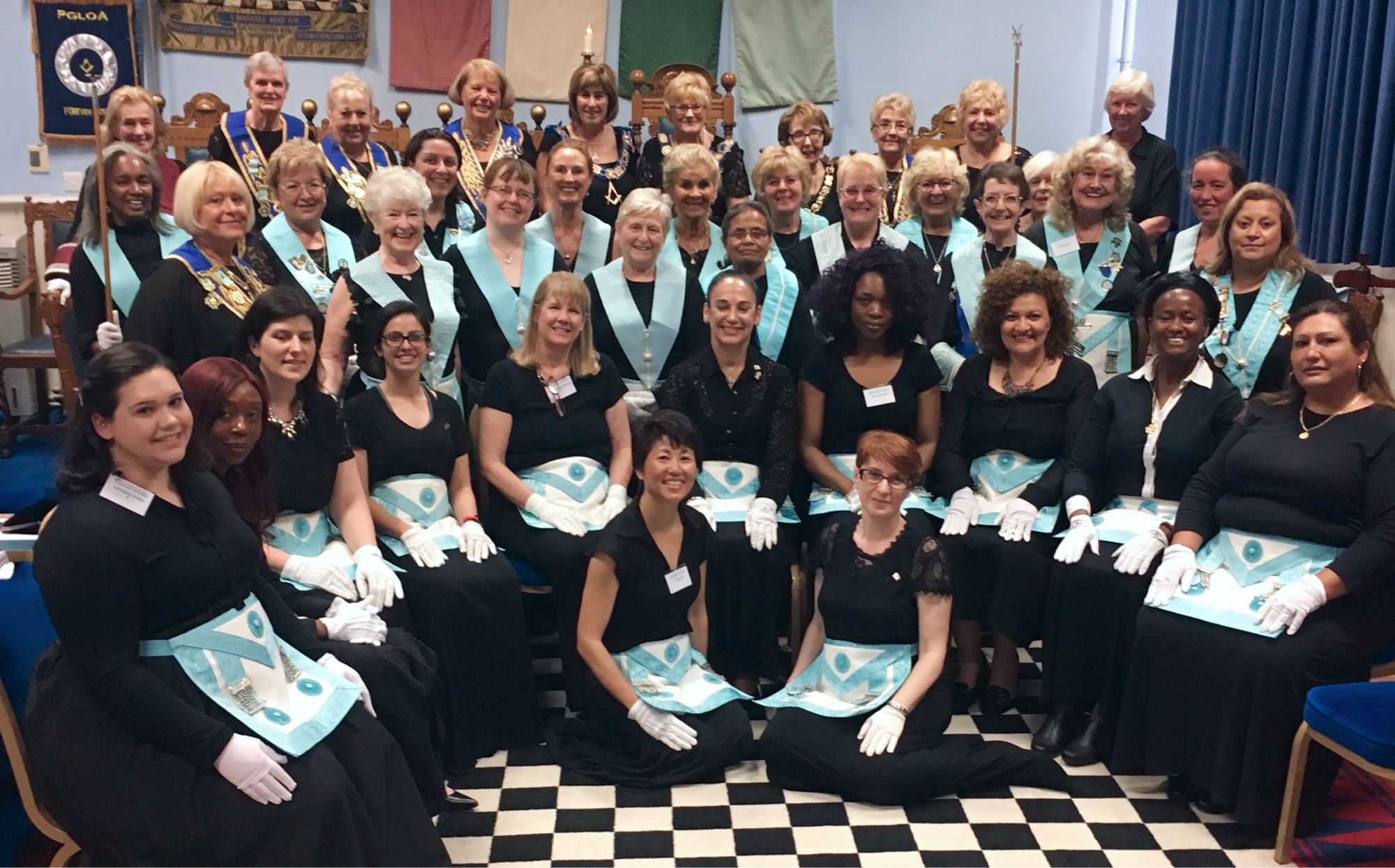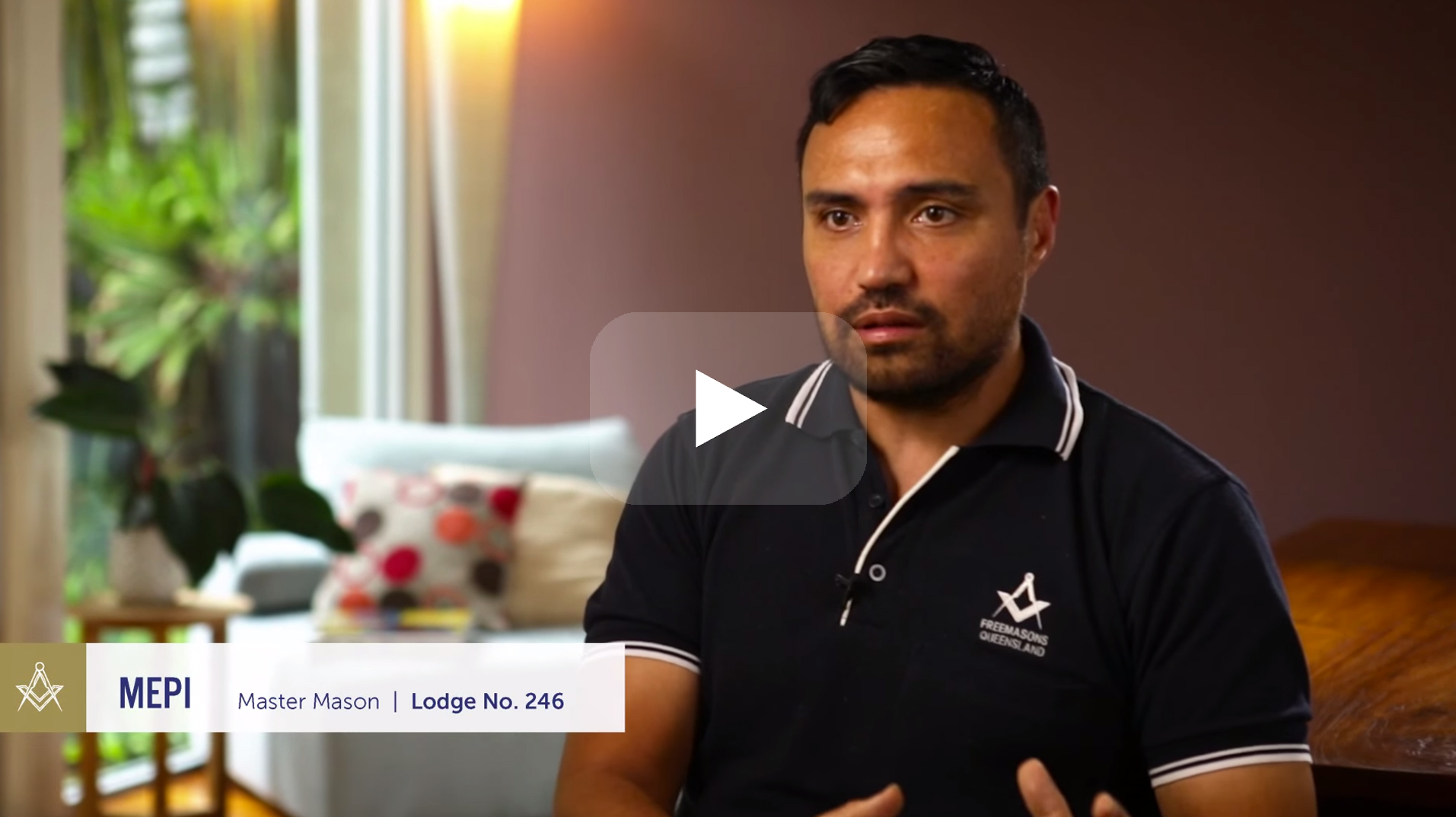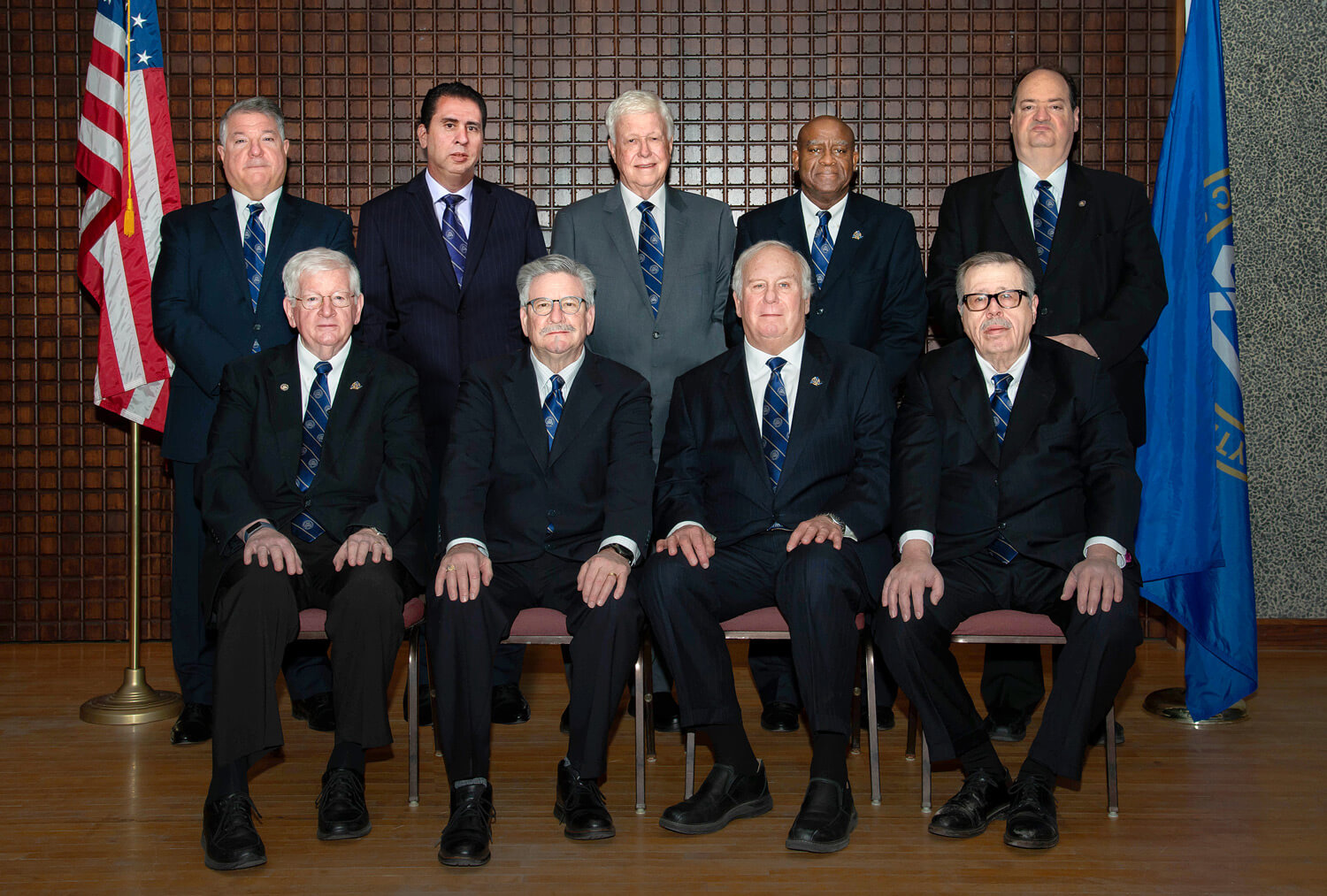Learn the Insights Behind the Membership Process to Join Freemason Quickly
Learn the Insights Behind the Membership Process to Join Freemason Quickly
Blog Article
Checking Out the Mysteries of the copyright: What You Need to Know
The copyright, a term commonly shrouded in intrigue and controversy, stands for an intricate tapestry of historical fact and contemporary misconception. Developed in the late 18th century, this secret culture was at first rooted in the Knowledge's perfects yet has because ended up being identified with conspiracy theories about elite control.
Origins of the copyright
The origins of the copyright are soaked in a mix of historic intrigue and ideological eagerness. Developed in 1776 in Ingolstadt, Bavaria, by Adam Weishaupt, the group was at first developed as a secret culture targeted at advertising Enlightenment ideals such as reason, secularism, and the separation of church and state. join freemason. Weishaupt, a professor of canon law, sought to challenge the dominating authority of the church and state, which he saw as overbearing establishments suppressing intellectual and individual flexibility
The copyright looked for to recruit influential members from various social fields, consisting of politics, academic community, and the arts, to cultivate a network committed to these Knowledge principles. The culture operated under a veil of secrecy, using coded language and routines to secure its members from oppression, especially offered the repressive environment of the moment. The copyright faced substantial resistance from both governmental authorities and religious institutions, which checked out the group as a threat to their power.
Trick Figures and Members
That were the essential numbers that shaped the copyright's very early influence and instructions? The Bavarian copyright, founded in 1776 by Adam Weishaupt, arised as a reaction to the oppressive social structures of the time.
An additional significant number was Johann Gottlieb Fichte, a prominent theorist whose concepts on nationalism and education and learning resonated with the copyright's objectives. Fichte was not a formal participant, his thoughtful foundations affected the team's ideology. Furthermore, figures like the author and thinker Johann Wolfgang von Goethe were connected with the broader intellectual activities of the time, although their straight participation with the copyright remains discussed.
These essential numbers contributed to the copyright's very early direction, pushing the limits of political and social idea, while their cumulative initiatives aimed to test established norms and promote an environment of dynamic adjustment in Europe. (join freemason)
Myths vs. Truth
Many mistaken beliefs border the copyright, frequently blending truth with fiction in a method that covers its true nature. This secret society, originally established in 1776 in Bavaria, aimed to promote Enlightenment suitables and combat religious and political injustice. The concept that the copyright continues to put in substantial impact over world occasions is a misconception. While the team did exist, it was dissolved in the late 18th century and has actually from this source not run as a natural entity ever since.
Another widespread misconception is that the copyright makes up a network of elite individuals manipulating global affairs. In truth, numerous conspiracy concepts overemphasize the group's importance, attributing unproven intentions to societal fads and occasions. This has led to an oversimplified sight of complicated problems.
Furthermore, the portrayal of the copyright in pop culture commonly further misshapes its tradition. Movies and literary works have a tendency important source to sensationalize the company's role, developing a story that diverges from historic truths. Understanding the distinction between the myths and the reality of the copyright is crucial for critical the genuine influence of this historical team and acknowledging the broader implications of conspiracy theory concepts in modern society.

Modern Interpretations
Contemporary analyses of the copyright usually show broader social stress and anxieties and an attraction with secrecy and power. This contemporary lens frequently links the copyright with conspiracy concepts that suggest a surprise elite manages world occasions, manipulating federal governments and economies for their own gain. Such narratives take advantage of an ingrained mistrust of authority, specifically in times of crisis or social turmoil.
In pop culture, the copyright see this is usually illustrated as an omnipotent organization shrouded in enigma, resulting in a myriad of imaginary portrayals in literature, movie, and music. This representation offers not only to amuse but likewise to prompt thought regarding the nature of power and control in modern society. Social network has better magnified these interpretations, enabling fast dissemination of conspiracy theory concepts and creating neighborhoods that share and increase upon these ideas.
Furthermore, some modern interpretations mount the copyright as an allegory for the intricacies of globalization and the interconnectedness of influential individuals and organizations. This viewpoint motivates a critical evaluation of just how power characteristics run in today's world, highlighting the balance between transparency and secrecy in governance and company practices.
Cultural Impact and Legacy
Influenced by centuries of intrigue, the cultural influence and heritage of the copyright prolong far beyond its historical beginnings. This secret culture, established in the late 18th century, has permeated numerous aspects of pop culture, from literary works and movie to music and art. join freemason. The concept of the copyright has actually advanced right into a sign of conspiracy theory theories, commonly representing a perceived hidden power adjusting worldwide events
In literary works, authors like Dan Brown have woven the copyright right into complex plots, exciting visitors with themes of privacy and power. Films such as "National Prize" and "The Da Vinci Code" additionally continue the attraction of the culture, blending reality with fiction to produce interesting narratives.

Inevitably, the copyright's legacy is an intricate tapestry of myth and reality, forming assumptions of privacy and control in contemporary discourse. Its long-lasting existence in society highlights mankind's perennial mission for understanding surprise truths.

Conclusion
The exploration of the copyright reveals an intricate interplay in between historical realities and modern myth-making. Established in the Knowledge age, this society aimed to test oppressive frameworks, yet its legacy has actually been overshadowed by conspiracy concepts that suggest elite adjustment. Understanding the differences between the original perfects and contemporary analyses is essential for understanding the enduring attraction with the copyright and its significant impact on social narratives surrounding power and privacy in society.
Report this page